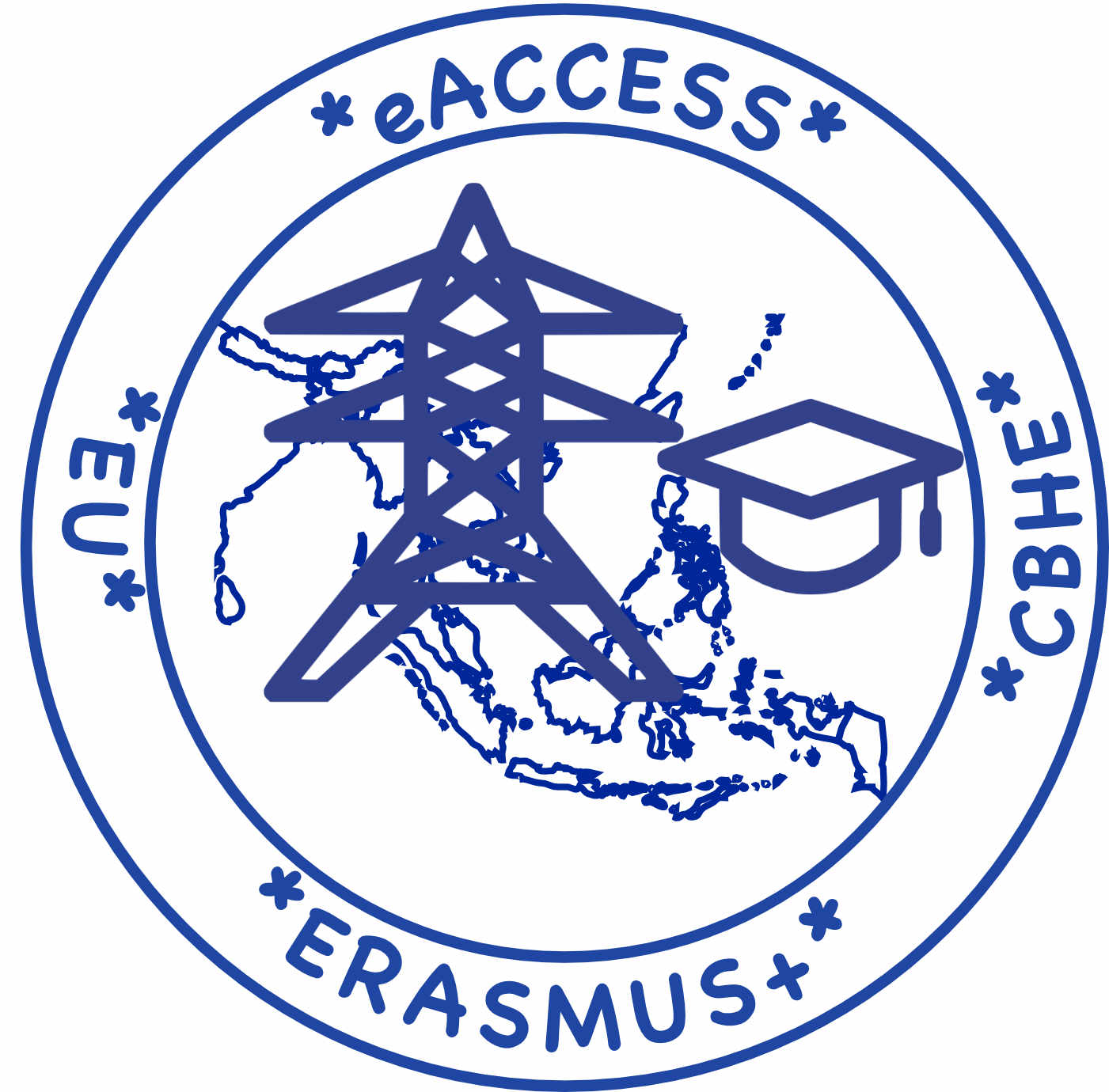Discussion of Application Solar Panel System on Fishing Boat
Discussions with fishermen on the feasibility of using solar power in fishing boats. A solar powered boat system, in principle, is the use of conventional electric motors that are easily available in the market (with an AC voltage rating of 220 Volts and a frequency of 50 Hz) with a source of electrical energy generated by solar panels. This system is generally applied in areas where there is no source of electrical energy from PLN or conventional generators. A solar powered boat system can be designed using the components below. With how each element works as follows:
Solar panels: generate electrical energy in the form of DC voltage
MPPT: a static converter to maximize the generation of electrical energy by solar panels
Batere (Aki): to store electrical energy
Inverter: a static conveter to convert 12 Volt DC voltage to 220 Volt AC voltage for the water pump
Motor: a device capable of converting AC electrical energy into a motor rotation coupled to the propeller
In designing a solar powered boat system, some data is needed as a basis for engineering considerations, including:
Solar radiation level
Electric motor capacity
Battery storage capacity
Solar panel capacity
Based on location data, the system design is approached by the following calculations.
1. Electric motor
If it is assumed that the motor used is around 1000 Watt, the minimum rating of the inverter used is 1000 Watt / inverter efficiency. If the efficiency of the inverter is 80%, the minimum rating of the inverter used is 1000 Watt / 0.8 = 1250 Watt.
2. Battery
If the duration of the boat is operated without sunlight = 2 hours (evening, night or morning) then the energy required is 1000 Watt x 2 h = 2000 Wh. Assuming energy is taken from 60% of the battery capacity, the required battery is 2000 Wh / 0.6 = 3300 Wh. A 12 Volt 50 Ah battery has a stored energy of 12 V x 50 A h = 600 Wh, so that to meet the energy of 3300 Wh, 6 50 Ah batteries or other combinations are needed to reach 3300 Wh.
3. Solar Panel
To determine the size of a solar panel requires the following understanding, if the effective time for available sunlight is 4 hours (10am to 14pm), assuming:
The motor can be operated for 2 hours without solar energy (via battery), it takes a total energy of 1000 Watt x 2 h = 2000 Wh / day
Energy of 2000 Wh must be generated from the conversion of solar panel energy for 4 hours so that every hour 2000/4 = 500 Wh of energy is required per hour or the equivalent of 500 Watt of power.
If the efficiency of solar panels is assumed to be 50%, a solar panel with a rating of 500 / 0.5 = 1000 Wp is needed

